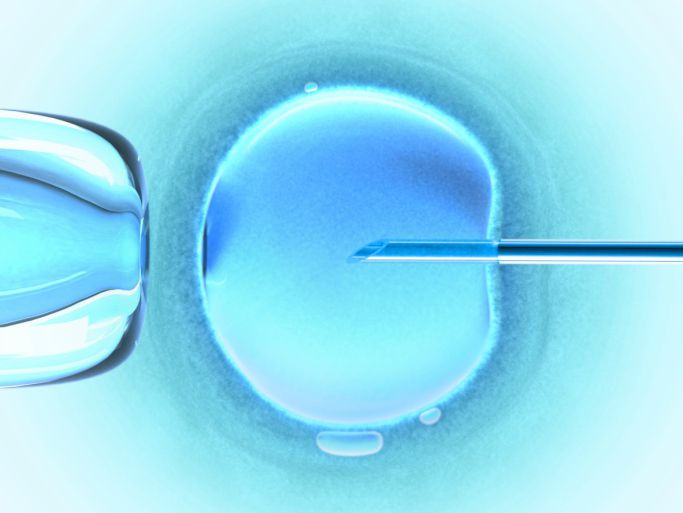IVF cycles using embryos that have been frozen and thawed are just as successful as fresh embryos, according to a new UNSW report.
The Assisted Reproductive Technology in Australia and New Zealand 2013 report, by UNSW’s National Perinatal Epidemiology and Statistics Unit (NPESU), shows in the five years to 2013, fresh embryo IVF cycles that resulted in a baby remained stable at around 23%.
However, there has been a more than 25% increase in the birth rate for frozen embryo transfers in the last five years, rising from 18% to 23%.
The report also found a growing number of IVF treatments are using frozen embryos, from 39% of IVF cycles in 2009 to 45% of IVF cycles in 2013.
“Rapid freezing techniques, known as vitrification, and optimisation of the timing of embryo transfer have made a real difference to the success of frozen embryo birth rates,” said UNSW Professor Michael Chapman, Vice President of the Fertility Society of Australia (FSA), which funds the annual report and national IVF register.
“Other techniques, such as culturing embryos for 5-6 days to a blastocyst, before transfer to a woman, and the use of pre-implantation genetic screening have also increased over the last five years of reporting,” Professor Chapman said.
The report shows a small increase in the number of IVF treatment cycles performed in 2013 with 71,516 cycles reported from Australian and New Zealand clinics (66,143 and 5,373 respectively), representing a 1.9% increase in Australia and 3.8% increase in New Zealand, from 2012.
A total of 12,637 babies were born following IVF treatment in Australian clinics and 1,302 in New Zealand clinics in 2013 and 2014.
The report shows the rate of multiple deliveries has fallen by a third over the last five years, from 8.2% in 2009 to 5.6% in 2013.
“Multiple births are by far the greatest health risk to mothers and babies from IVF, and multiple embryo transfer clearly increases this risk,” Professor Chapman said.
“This is one of the lowest rates of multiple deliveries from IVF treatment in the world.”
The IVF multiple delivery rate is around 26% in the US and 16% in the UK.
Associate Professor Mark Bowman, President of the FSA, said the results show Australia and New Zealand is the safest region in the world for women to have IVF.
“Australia and New Zealand have the lowest IVF multiple birth rates of any region in the world and yet also maintain consistently high success rates,” Associate Professor Bowman said.
The report also shows that the chance of IVF success differs depending on a woman’s age. For women aged 30–34 using their own eggs, the birth rate per embryo transfer performed was 32.8% for fresh cycles and 27.5% for frozen/thaw cycles. For women aged over 44, it was 2.3% and 6.5% respectively.
A review of women who undertook their first ever IVF cycle in 2011 shows that the best chance of success is the first treatment cycle (20.6%), with the birth rate falling by 1-2 percentage points for each cycle after that.
This report contains data about IVF cycles undertaken in 2013 and the resulting babies born in 2013 and 2014. The data is maintained by the NPESU within UNSW’s Centre for Big Data Research in Health and School of Women’s and Children’s Health on behalf of the FSA.
(Source: UNSW)











